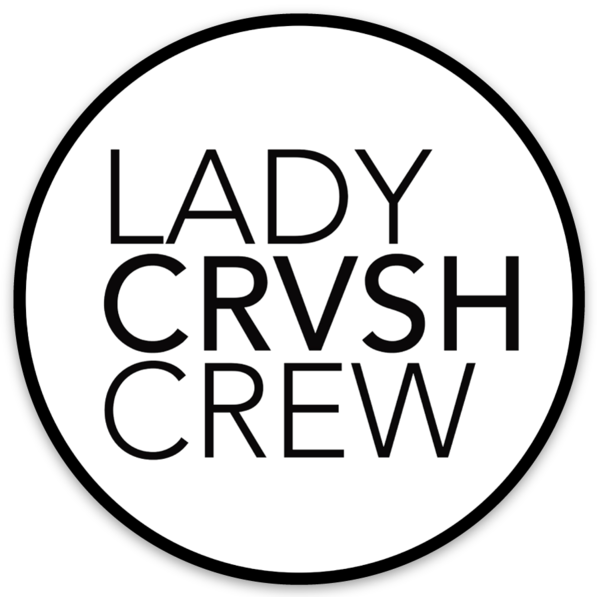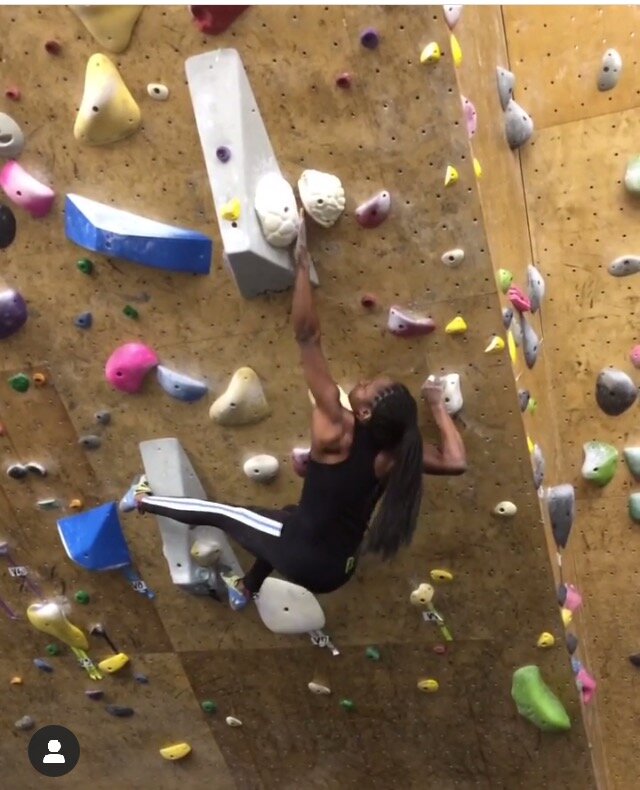Climber Crush Wednesday featuring Adeline Wright
@lorraineciccarelli photo cred
Happy Wednesday, crushers. For today’s LCCxCCW feature, we are happy to highlight Adeline Wright aka @adyclimbs. Ady is an athlete sponsored by @arcteryxsoho @beta_labs, a climbing instructor, a veterinarian in training, and a badass climber.
1. What are your pronouns?
My pronouns are she/her/hers
2. How are you holding up these days?
These days I’ve been full of emotion. Current events regarding the #blacklivesmatter movement has incited a passion to take action pushing change and help make others aware of systemic racism that me and my people face. I’ve educated myself in the process and went through bouts of anxiety and hope. Luckily hope has won out most times.
3. Tell us about yourself! What is your background like?
I was born and raised in the Bronx, then moved out to New Jersey upon starting college. I have so many passions and even more hobbies but the most prominent ones are anime, climbing, conservation, teaching, learning about my history, styling my hair, drawing, origami, playing piano and being outside during the summer.
@LORRAINECICCARELLI photo credit
4. How long ago did you get into climbing? What is about climbing that you love?
The first time I ever touched a wall was my sophomore year of high school, then I got into it recreationally my first year of college. I wasn’t serious about it until July 2013 when I got a membership at MPHC in Manhattan. What I love about climbing is that its such a humbling sport; anybody regardless of their background can be strong. That allows a wonderful community to foster, where you can fight biases and include all walks of life.
5. You’re a veterinarian in training. How is that going? Do you still go to school during this time? How has your schooling changed?
I’m still training to be a veterinarian but in a remote way. The quarantine has pushed vet school back by a few years so I’ll continue to go to conventions, volunteer, interact with animals, and educate myself for the time being. Any formal education I get for the remainder of the year will be online.
6. You’re also a climbing instructor. Why did you get into it? Where are you coaching? Do you do any remote coaching?
I started coaching after a year of working as an instructor. I was projecting v5 at the time and taught how to belay and super basic beginner climbing techniques. Since I didn’t have a coach, I took the hard path by doing everything wrong first and asking the strong climbers how to improve. Once I started setting routes it all started to click and I took off from there.
@LORRAINECICCARELLI photo credit
7. We remember your gym, Central Rock Manhattan, featuring you and your friend Hames Jardy through YouTube for short and tall beta. What do you love about being short?
One thing the short vs tall video shot at my homebase Central Rock Manhattan taught me is that being short has its advantages. I can fit into a small space, my center of gravity is low, and aside from dynos anything I do looks more impressive than when my taller coworkers do it.
8. You’re amazing at dynos and an inspiration to us all shorties! What is your advice to help us become better at dynos?
I never expected to get pretty good at dynos and inspire fellow shorties, especially since I battle a discomfort with heights. That being said, the best advice I can give to those looking to improve is work on the part you find scary. Practice falling, rolling, and letting gravity have control of your body. Then focus your attention on using gravity and timing to get the most distance. Lastly is working on coordination and building muscles to catch whatever hold you throw yourself to.
9. What are some challenges at being short? How about being a female POC?
When you’re short you need to have more endurance, be more dynamic, have better technique, and be generally stronger than a climber of average height. This can be seen as a disadvantage, especially to anybody just introduced to climbing. However, since you did all the work at the start, your improvement should be exponential and continuous while a tall climber would hit a wall hard early on. The biggest disadvantage is discomfort with heights. In proportion to everyone else, we’re pretty high off the ground and have a higher chance of injury. It still affects me when I’m on the wall. Being a female POC climber, especially as an African American, is tough. This is typically a white male sport. The most fellow Black climbers I’ve ever seen in the entire gym is 8. On a good day. Meaning at a competition in a huge facility. At worst, I’m sometimes the only minority on the wall and there’s already a lack of females in my division at competitions. I realize it makes me a trailblazer locally, but I’d love to not only have someone to look up to, but a regular crew of people who look like me to climb with.
10. Who are your inspirations these days?
Some of my inspirations are Melise Edwards, Favia Dubyk, Meagan Martin, and Kai Lightner.
11. Any more words of wisdom you’d like to share with the climbing community?
I’d like to end this with a message for the entire climbing community. The outdoors is supposed to be a place where any and everyone can be free and feel accepted. We like to give climbers the reputation of kind hippies that just want to share the experience with anyone who’s interested. The fact is, gatekeeping still takes place even there because of intersectional oppression and white privilege. It is our responsibility to live up to our reputation as climbers and research how to use our privilege to not only stop being part of the problem, but actively find solutions to make reality match our vision. Silence is complacency, so be open to the tough conversations.





